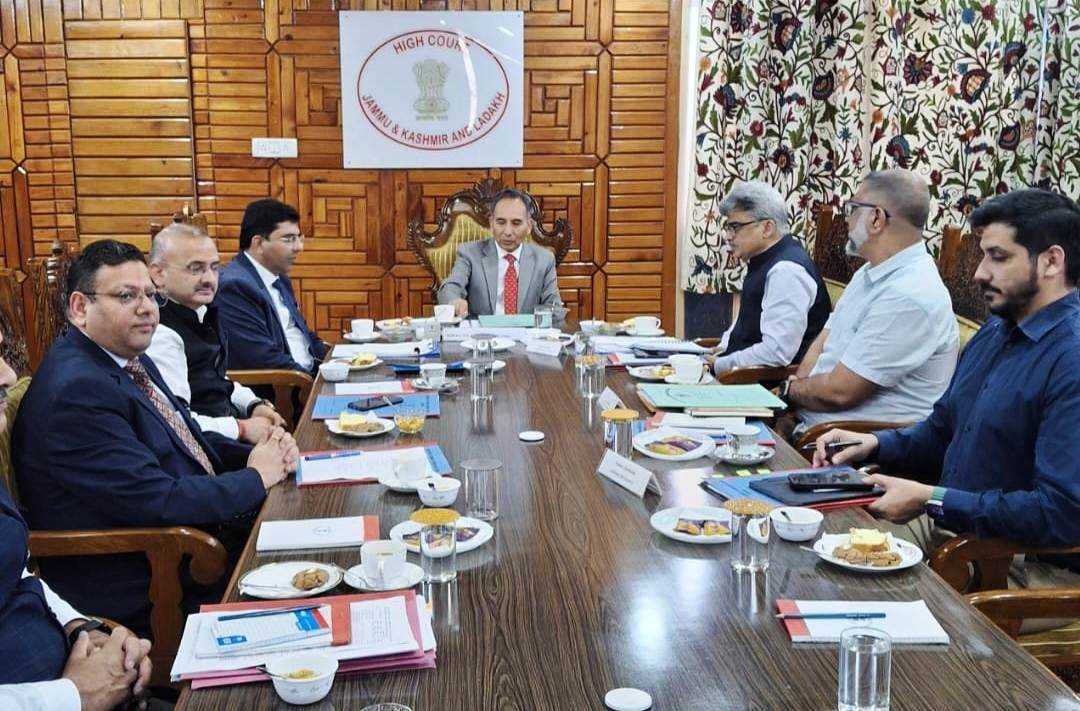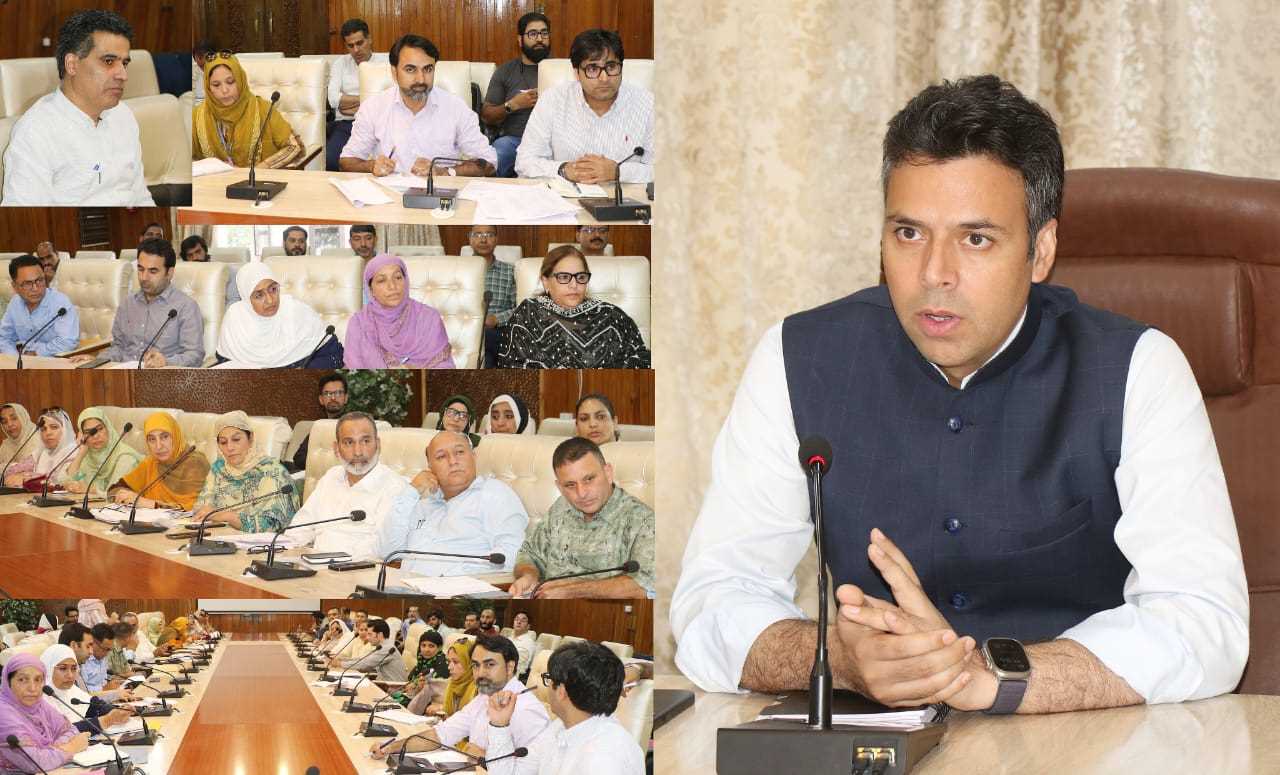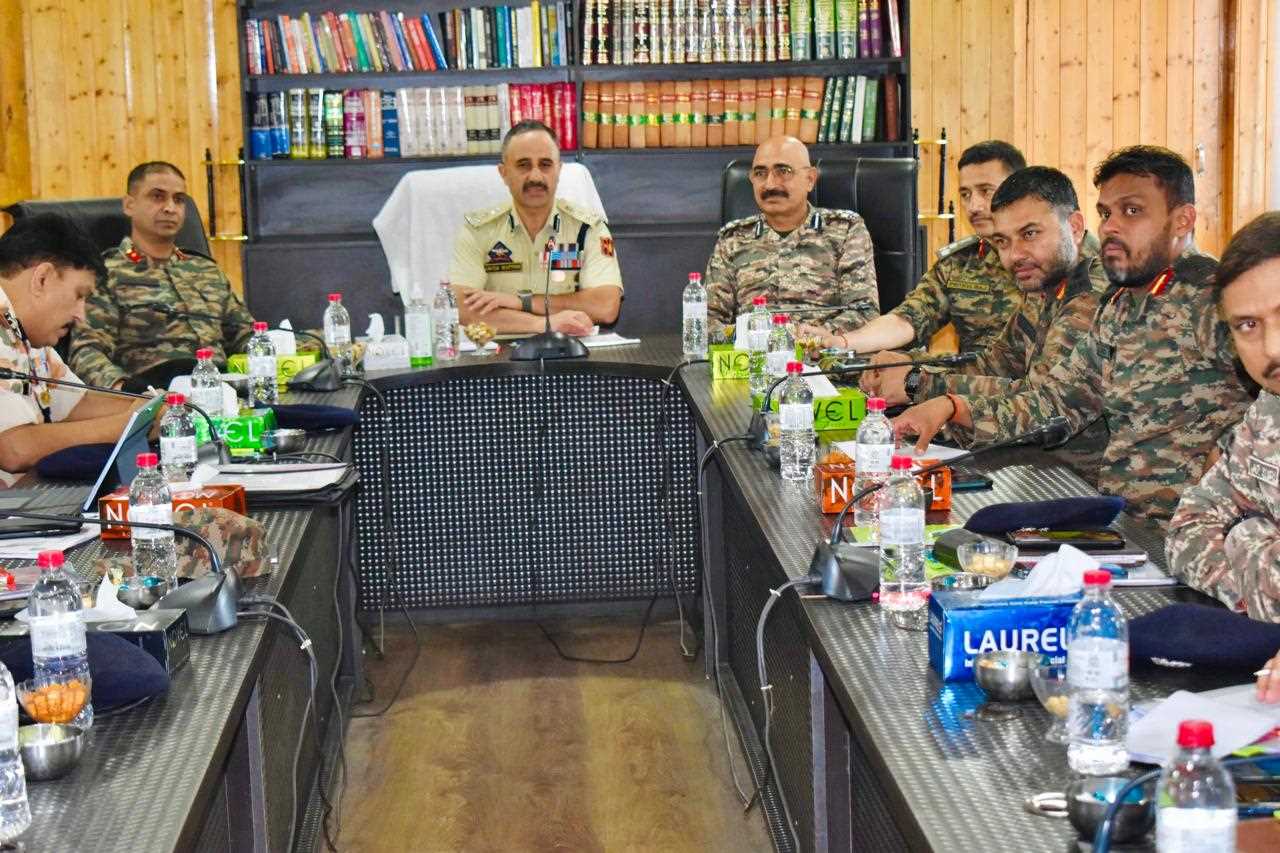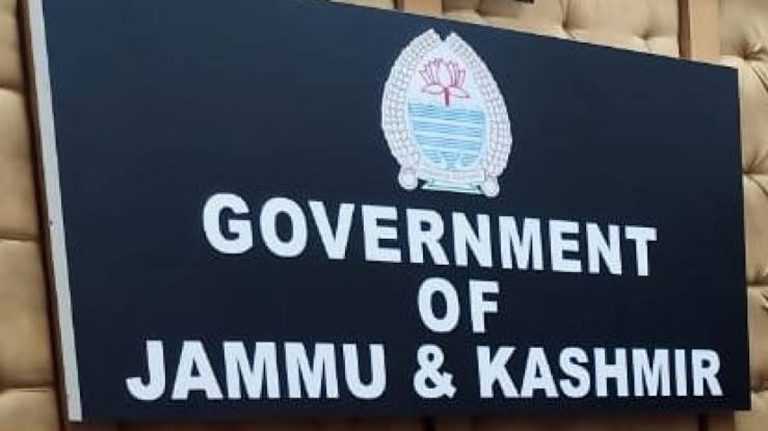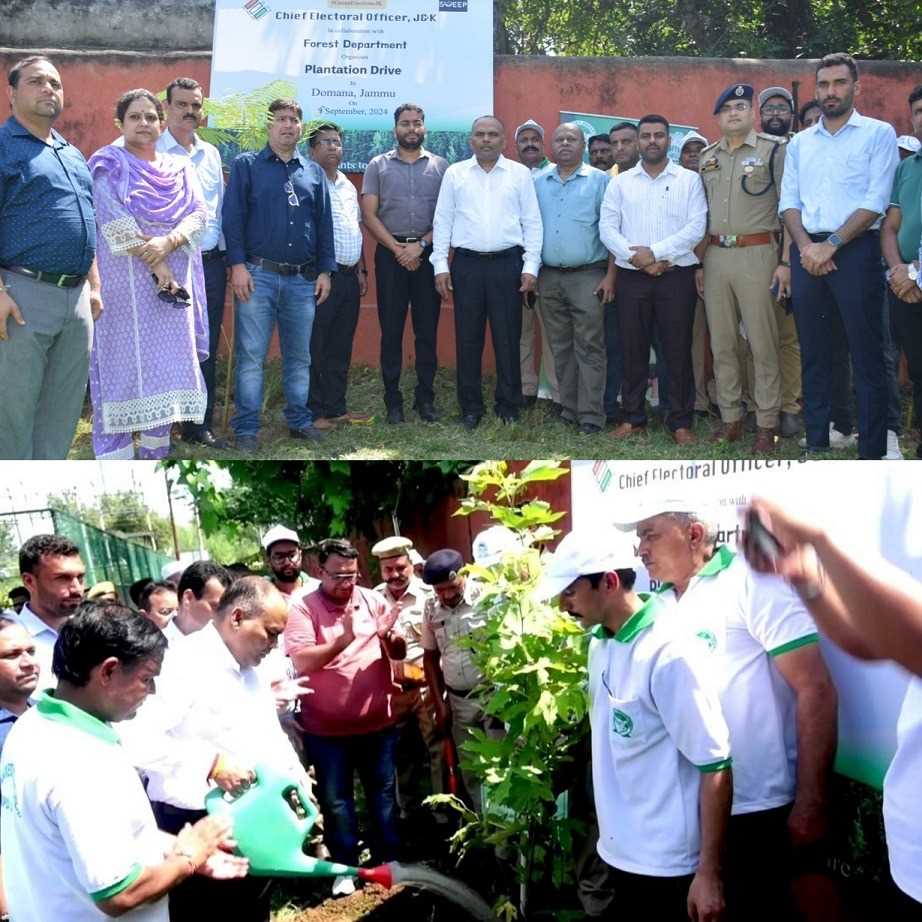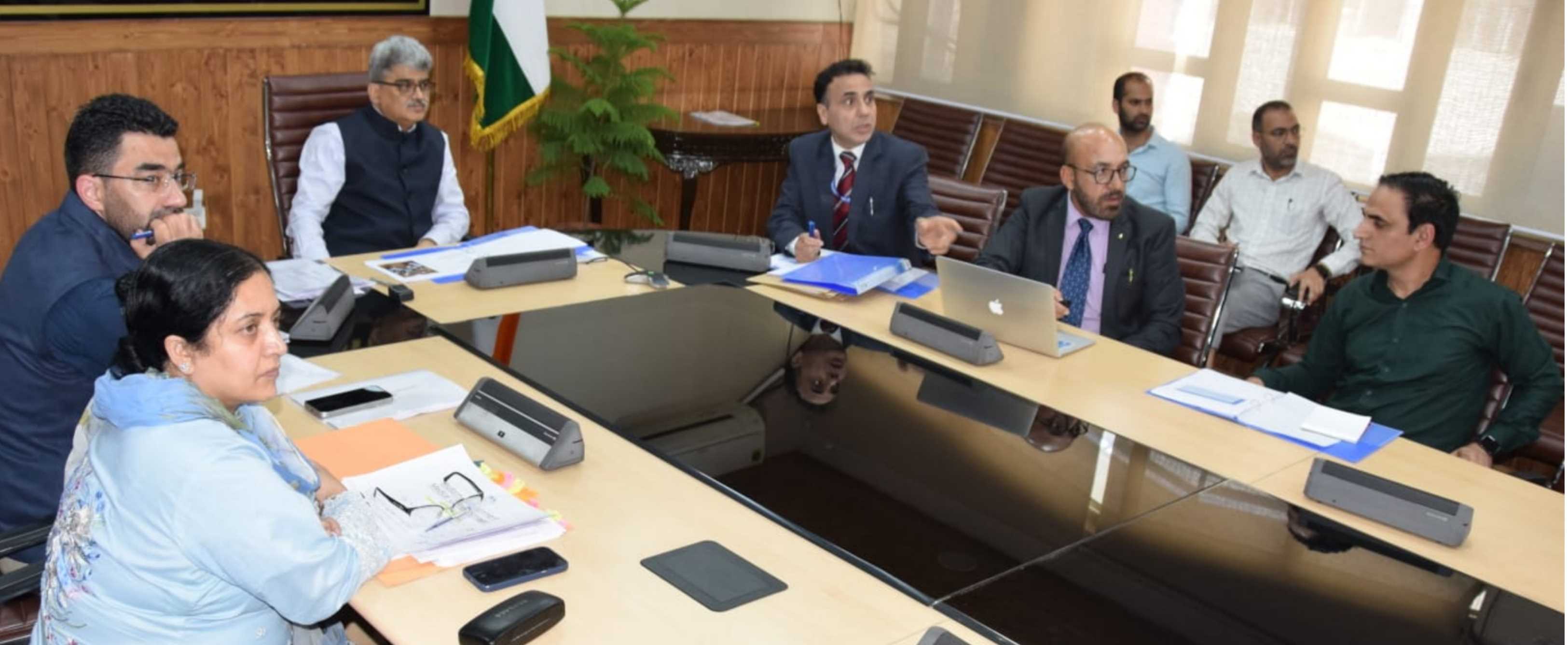Khadi, woven into the very fabric of the nation, found its place in the struggle for independence, thanks to the compelling vision put forth by Gandhi Ji . He skillfully employed language that transformed Khadi into more than just a cloth; he elevated it to a way of life, a symbol of unity for the vast nation. In this regard, Gandhi emerges as the pioneer of Indian design, encouraging people to drape themselves in the fabric of the nation, Khadi. Khadi not only represented a break from British rule but also embodied the core values intrinsic to India’s identity: simplicity, a humanitarian spirit, and the pursuit of independence. It was a means to Instill dedication, discipline, and resilience in all. A remarkable quality of Khadi was its ability to bridge social divides. While intended for the masses and accessible to the poor, it also captivated the sophisticated, bringing all under its inclusive canopy.
Once dismissed as outdated and unremarkable, khadi has now found its place in every individual’s closet. Whether it serves as a symbol of opulence or a practical, eco-friendly lifestyle choice, khadi has evolved. far beyond the modest beginnings that Mahatma Gandhi rescued it from.
“Khadi stands as a formidable brand, guided by the Mahatma himself as the ultimate brand manager. Rooted in self-reliance and a captivating indigenous allure, this fabric has undergone a remarkable transformation from its pre-independence image. Over the past decade, its positioning has witnessed a significant shift, thanks to the persistent efforts of both the government and the fashion industry. Moreover, there’s a growing demand for organic products, and khadi has successfully harnessed this sentiment by connecting with consumers,” remarked brand consultant Harish Bijoor in a conversation with Brand Equity as mentioned by economic times.
Following India's independence, the Government placed significant emphasis on the development of rural industries. In 1956, a statutory body known as the Khadi and Village Industries Commission (KVIC) was established through an Act of Parliament, succeeding the former All India Khadi and Village Industries Board (KVIB). The central question that arises is: What role does KVIC play? This narrative centers on KVIC, particularly its involvement in the Prime Minister's Employment Generation Programme and its recent performance.
KVIC's primary mission revolves around fostering self-employment opportunities within rural communities.
Established with the core objectives of generating employment, promoting the sale of rural products, fostering a strong sense of community, and empowering economically disadvantaged individuals, KVIC is responsible for implementing programs in rural regions aimed at advancing Khadi and Village Industries. This encompasses tasks ranging from sourcing raw materials and necessary equipment to facilitating marketing initiatives, providing artisan training, and engaging in research within this field.
The Khadi Mahotsav stands as a tribute to a fabric that symbolizes the struggle for freedom, led by the Father of our nation, Mahatma Gandhi. He envisioned Khadi as a means to uplift the unemployed rural population and foster self-reliance.
Today, under the guidance of our Hon’ble Prime Minister, Khadi has transformed into a mantra – ‘Khadi for Nation, Khadi for Fashion.’ It has evolved into a fashion statement, finding its place in denims, jackets, shirts, dress material, stoles, home furnishings, and stylish accessories like handbags.
The Khadi Mahotsav campaign carries a vital message. It aims to sensitize the younger generation to the essence of Khadi, promoting the ‘Vocal for Local’ initiative. It seeks to raise awareness about the numerous benefits that Khadi brings to our economy, environment, and women’s empowerment. The campaign encourages both the general public and the youth, in particular, to embrace Khadi and local products, fostering pride in supporting and promoting these treasures of our nation.
Economic Development
Khadi and Village Industries Commission (KVIC) has even exceeded the turnover of the best FMCG companies in India. Owing to the constant support of Prime Minister Narendra Modi, KVIC has, for the first time, clocked a massive turnover of Rs 1.34 lakh crore in 2022-23. In 2013-14, the turnover of Khadi and Village Industries (KVI) products was Rs. 31,154 crores , According to Pib.gov.in.
There has been an unprecedented growth of 332% in the sale of indigenous Khadi products made by artisans from 2013-14 to 2022-23. Among the different KVI products, there has been unmatched growth in the production of Khadi fabrics in the last 9 years. In 2013-14, the production of Khadi clothes was Rs 811 crore, with a jump of 260%, it has touched the figure of Rs.2916 crore in 2022-23. The demand for Khadi clothes has also increased rapidly from 2013-14 to 2022-23. In 2013-14, where its sales were only Rs 1081.04 crore, by 2022-23, it increased by 450% to touch the figure of Rs 5942.93 crore.
With the government of the day going all out to promote the desi fabric and Prime Minister Narendra Modi leading from the front, the sale of khadi garments and fabric has grown by more than 164% in the last five years. In one of his addresses to the nation, Modi said, “I am not asking people to only wear khadi but since there are so many fabrics with people, why not one of khadi as well?” At a “brainstorming session” that included leading Indian fashion designers and couture creators like Rohit Bal, JJ Valaya and Raghavendra Ratjore, Union Minister of micro, small and medium enterprises (MSMEs) Nitin Gadkari said recently that the task is to make khadi “trendy and modern” and “a global brand” . This was published by Economic Times in their article .
Promoting Khadi in India is not only about celebrating its historical significance but also about ensuring its continued relevance and growth in contemporary times. Here are some steps that can be taken to further promote Khadi in India:
Innovative Product Development: The programmes by Govt and other sectors like NGOs need to more encourage innovation in Khadi product development. This could include blending Khadi with other fabrics, creating contemporary designs, and expanding the product range to cater to a wider audience.
Retail Expansion: Increase the availability of Khadi products by expanding the number of Khadi outlets and promoting them in urban and rural areas. Establish Khadi corners in mainstream .
Educational Initiatives: Introduce educational programs in schools and colleges to raise awareness about Khadi’s historical importance and sustainable qualities and many more like Support to weavers, Promoting Export , Quality assurance etc need to foster .
Email: -------------------------brighterkmr@gmail.com



